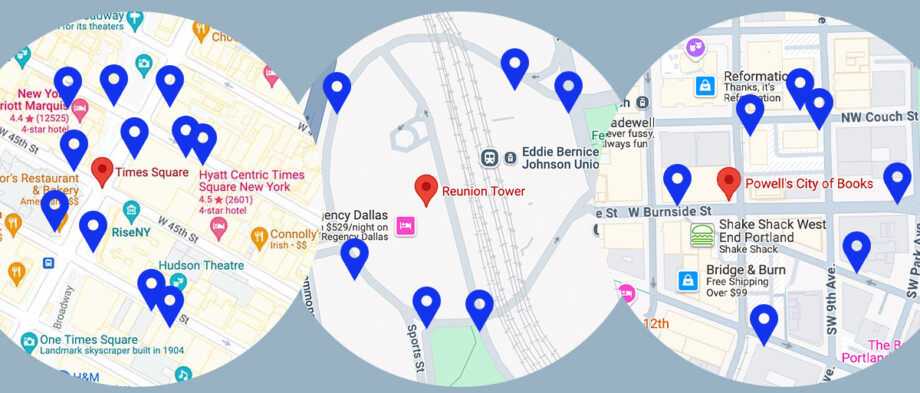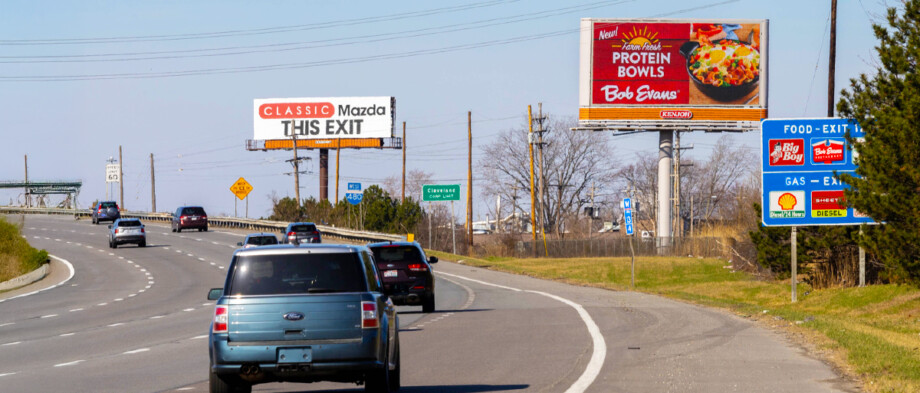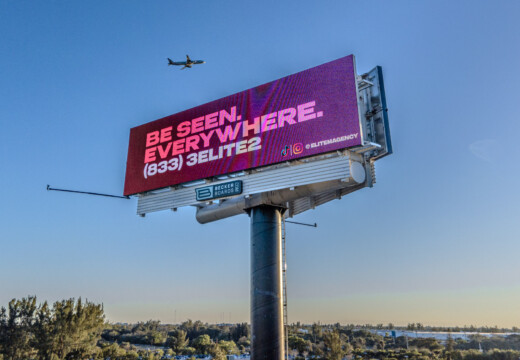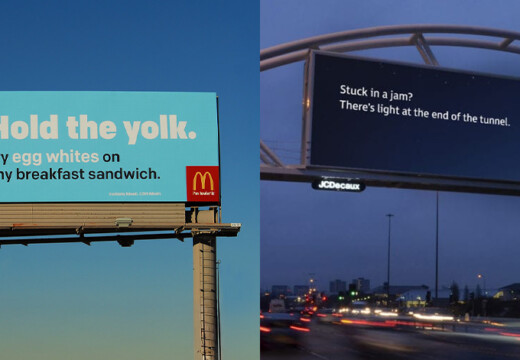From Gucci to Shell, brands of all kinds rely on OOH to become the leading choice in their industry—many dedicating 30% or more of their advertising budgets to it.
But advertising at scale isn’t limited to national players or the ultra-wealthy—at least not anymore. Franchises are ramping up their spend, recognizing OOH’s ability to power both hyper-local ads and national campaigns. Meanwhile, small and medium-sized businesses are jumping in, driving more traffic to their stores than ever before.
That’s the beauty of OOH—its universal appeal spreads across cities big and small, highways and side streets, and everything in between. Its a location-centric medium where advertisers can strategically leverage geographic context to enhance relevance and drive more engagement with their brands.
However, capitalizing on location and placement is far more than just geography; Traffic volume on city highways, exit signs, and proximity to major thoroughfares all set the tone when your audience is typically behind a wheel and at their most impressionable state.
To gather the very best insights on nailing placement strategy, we asked asked Chad Smith, Head of Media Owner Partnerships, to share how brands of all sizes can make location selection work for them. Here’s what he had to say:
1.How does the time of day affect OOH ad visibility and audience attention? What are the advantages of busy vs. slow times?
The time of day plays a crucial role in how many impressions an ad receives and how long people engage with it. During high-traffic periods like rush hour, congestion leads to longer dwell times. Drivers and passengers may see the same as multiple times, obviously increasing exposure. This kind of demand makes peak hours more expensive when using day-parting strategies.
On the other hand, off-peak hours come with lower costs, making them a smart choice for advertisers looking to stretch their budgets. One could also presume that drivers will be in a more impressionable state because they’re not consumed with rush hour traffic and headaches. Timing is another crucial component. Aligning your message between your morning commuters, midday shoppers, or evening leisure travelers means the right audience sees your ad at the right time.

2. How do traffic volume and location impact the success of OOH campaigns? What are the benefits of advertising on busy highways vs. quieter city streets?
Successful OOH campaigns aren’t always about racking up impressions. Low-quality and high-quality impressions do exist and so your goal as an advertiser is to get the right kind of impressions. For example, a billboard on a packed highway puts your brand in front of a massive audience, making it great for broad awareness. But with cars moving fast, your message needs to be sharp, clear, and instantly recognizable.
Meanwhile, ads on quieter city streets may not pull the same numbers, but they create a different kind of appeal. Slower traffic and pedestrian footfall mean more time to absorb the message, which is perfect for brands looking to engage with audiences on a more personal level. The real question isn’t just about volume; it’s knowing if your campaign is built for scale or precision.



